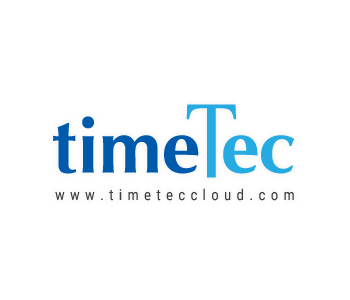Handling And Managing Absenteeism Effectively With Attendance Data
Absence is a common issue that can be found in the workplace where employees fail to report to work or to remain at work as scheduled. Every employee is bound to be absent one day or more in a year, regardless of the type and position of the employee. A CIPD Absence Survey conducted in 2013 states that “in relation to unauthorized absence, people are absent from work for an average of 7.6 days a year with workplace absenteeism back up to the levels observed in 2010 and 2011”. Although it is common for companies to expect absences from their workers because there will be instances which employees may not be able to attend work full-time, however absenteeism issues will continue to escalate if the management do not know how to manage the issue while employees adopt a casual attitude towards absenteeism by abusing the system.
 |
| An absent personnel leaves a hole in everyday's process |
To be able to manage absenteeism in the workplace, first an employer needs to identify and categorize the causes for absenteeism because there are a few types of absences to begin with. Typically, absences can be categorized into 3 types that include planned, unplanned and partial absences.
Planned absences include holidays, vacations, paid time off, personal annual leaves, but they are usually scheduled and approved in advance by the employer, making it manageable. Next is unplanned absences which are disappearances from work unexpectedly due to sickness, compassionate leaves for family’s death, disability, unpaid leaves, family medical issues and etc. The last type is partial absences, which involve lateness, early departure without permission of the employer, running errands during office hours, taking unapproved long breaks, failing to remain on duty at the work site and many more.










.jpeg)





0 comments: